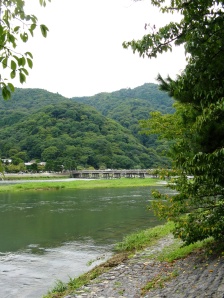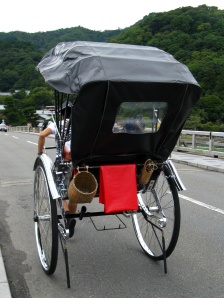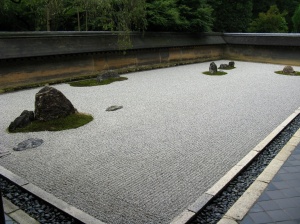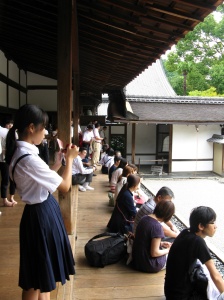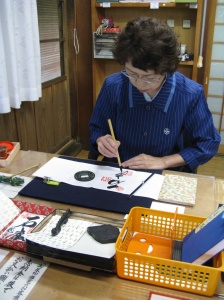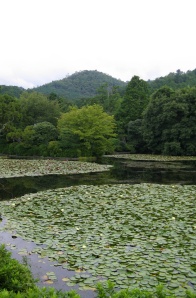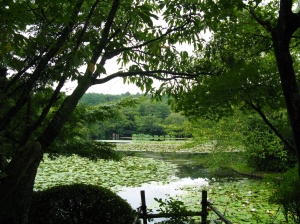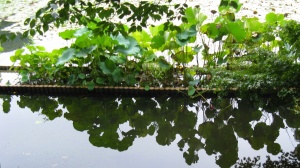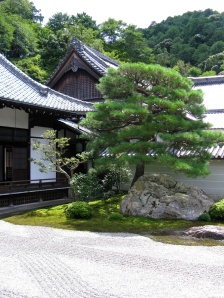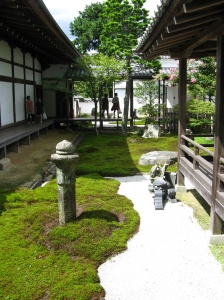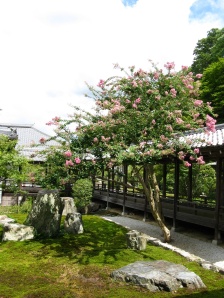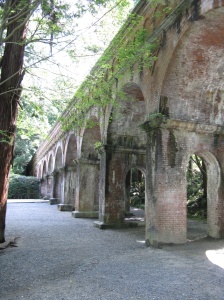1. Find a temple that will host your non-Japanese-speaking self. (Thanks for the help Julie!) Shunkoin, a Buddhist temple within the Myoshin-ji complex in northwest Kyoto, caters to English speakers. Their deputy head priest Rev. Kata studied in the US and is a member of the US-Japan Leadership Program. He is rad.
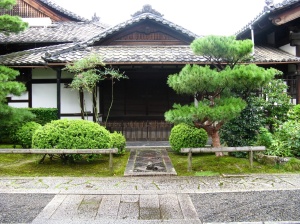
2. Make your way to the grounds. Pose for a photo with two junior high girls.

3. Check in to your room: a nice clean space with a private bath and a futon at the ready. This was my most luxurious accommodation while traveling. (Other than the farmhouse of course). After 3 capsule nights, I badly needed space to repack my entire backpack and see where I was carrying the cement blocks. (Okay, books and art supplies.)
4. Go out exploring. This temple had no curfew, there were bikes available for use, and there was a shared kitchen upstairs. Using the best map in Kyoto (beautifully hand-illustrated!), find a local restaurant for dinner.
5. Get up early and explore the grounds. This area was a byway for students and runners at 6:30am.
6. Attend meditation class, taught in English. This is unusual in Japan. Rev. Kata lead us through two fifteen minute meditation sessions with a talk in-between. Because of his scientific background, much of his talk focused on the physical effects of meditation on the body.

7. Tour the temple and enjoy a cup of matcha tea made by Rev. Kata. One of the cool things about his tour was that he gave a short overview of each aspect of the temple, giving you an ‘in’ to an appreciation of what you were seeing. For instance, zen gardens are meant to be observed through the sliding doors. The doors act as a frame and add another layer to the view. Moving the doors means the garden view changes as well, which allows for additional depth and complexity in small spaces, as the view can constantly change.

8. Check out, feeling refreshed and at peace, and ready for a day of exploring northwest Kyoto.
9. Keep returning to this idea that Rev. Kata mentioned: (I’m paraphrasing here) Don’t be afraid to question tradition and the ways things have always been done. In fact, strict adherence to tradition keeps us tied and attached to the past, and one goal of your practice is to reach a stage of non-attachment. So, question the dogma that says how things must be done, and work on the practice as it can be done, by you, in your daily life.
So many other areas in life this can be applied to, I think. I’m still working on this idea days later.
